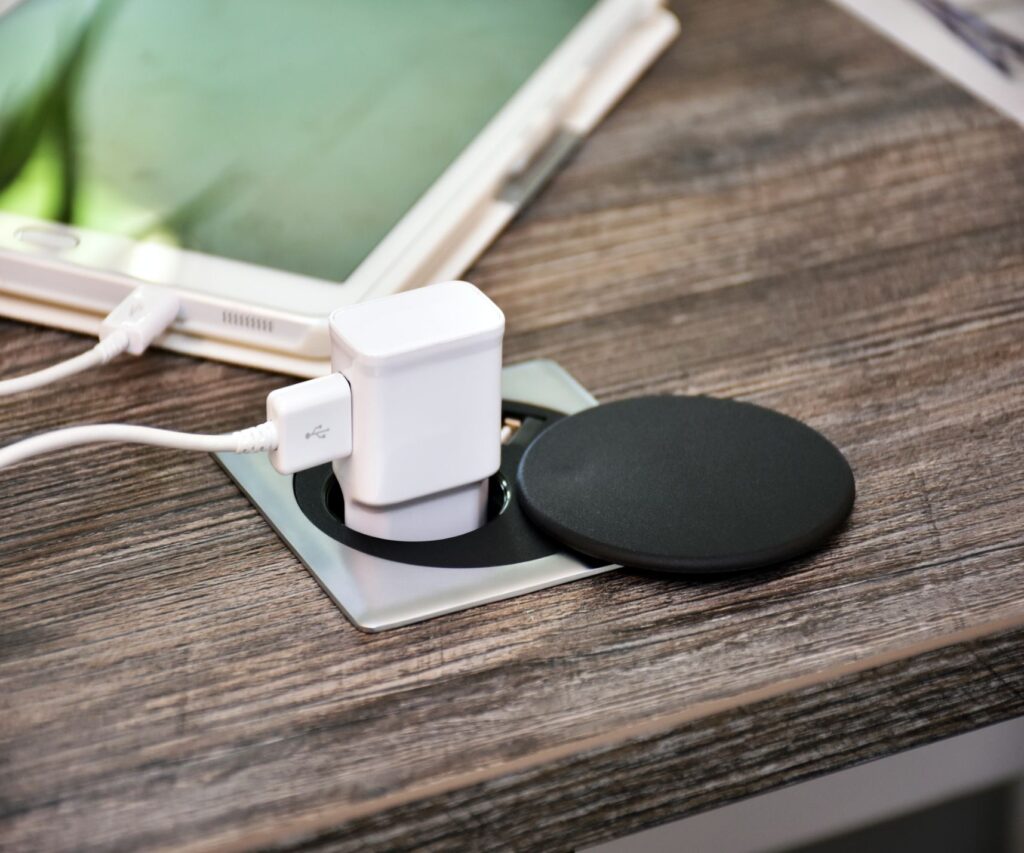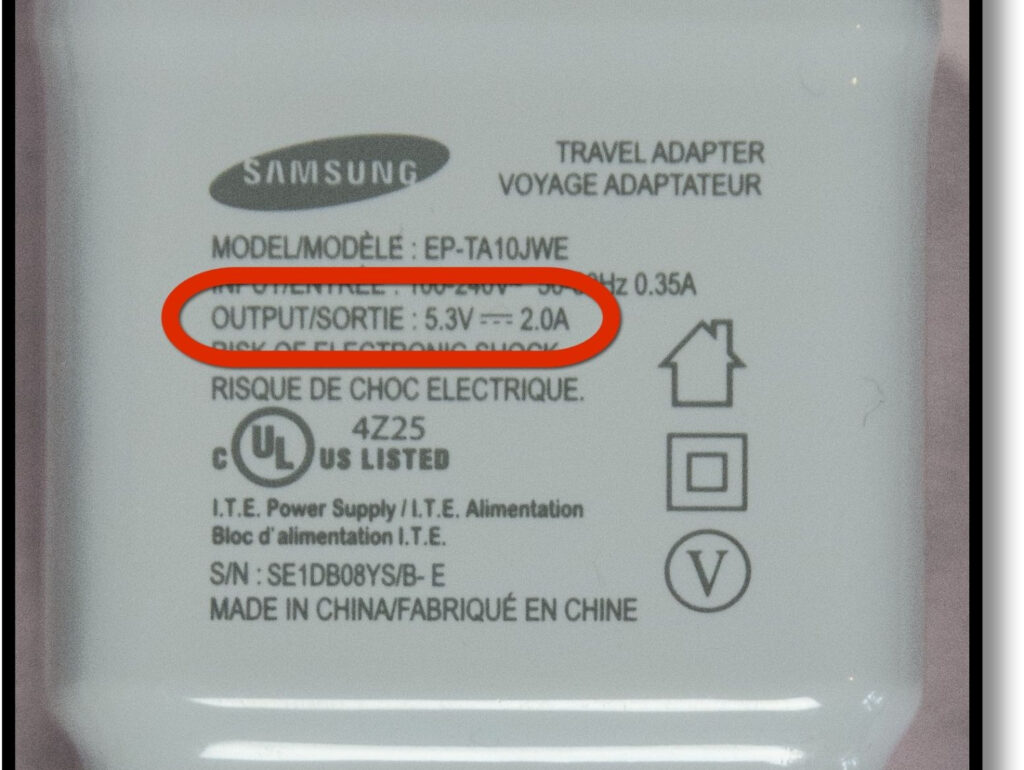A lot of people are wondering if they can use a high-amperage charger with a low-amperage device. Or can they use a 5V/2A charger on the device that needs 1 amp?
The answer is yes. You can use a 5V/2A charger instead of a 1A charger since the voltage is constant and the device can not draw more current. If you have a 5V 1A device and you use a 5V 2A charger, it will only utilize 1A, not 2A.
However, it is beneficial to use a higher amp charger than a lower one because using a lower amperage can put a load on the charger and can cause heating.
In this article, we will further discuss what 5V 2A even means and why you should not really worry about supplying your phone or laptop with high amperage.

What do 5V 2A and 5V 1A mean?
The numbers associated with the USB charger represent the amperage and voltage that the charger supplies, or the output. In short, a higher number of amps means that the charger is capable of supplying more current.
For example, if a charger is rated at 5V/1A, that means it has the output potential of supplying 5 voltage with 1 amp. It can not exceed that unless the charger is faulty.
But if the charger is rated with an output potential of 5 voltages and 2 amps, then it doesn’t mean that the charger will supply 2 amps of current. It is simply an indication that the charger is capable of supplying 2 amps if needed.
It depends on the device. If it is a smartphone or a laptop, then it has the capability to control the amount of amperage that can enter the battery.

What is the difference between 5V1A and 5V2A?
The simple difference is the amount of amperage that the charger is capable of supplying. A higher number of amps means that the charger can supply more current if required by the device.
Now let’s see why it is okay to use a 2 amp charger on a 1 amp device or simply a higher amperage charger.
Higher amperage
To understand a bit better, let’s use a real-life example.
Imagine that you are standing on a certain high ground or at a certain height, and you drop the stone from that height on your friend.
When you drop a rock, it might or might not hurt your friend. If the stone comes from a smaller height, it won’t hurt much.
Now let’s relate. What if the stone is coming from the high ground? It will definitely cause some harm and it will also hurt. Because stone coming from the high ground has the highest potential energy than that from a small height.
This is the concept of why you should consider voltage and current while charging.
Consider the height from which the rock is being dropped as voltage. Falling stones are current, i.e., electron flow. The friend is the battery. Now you can understand.
Voltage is an element you must consider and be cautious of. If it’s higher than you require, your battery will burst. If it’s lower, the device will not charge.
If a stone falls from very high ground, it might crack your friend’s skull. If the height is very small, he might not even notice. This is what happens during battery charging. It is perfectly fine to use a charger supplying high amperage.
Voltage is pushed and current is pulled
This is what you need to understand: voltage is pushed compared to amperage being pulled by the device. You can not push more amps into the device if the voltage is the same. The device will handle that.
The mobile batteries have a controller built-in that ensures the same input to the battery regardless of whether or not the charger’s current rating is greater than needed.
- If you charge your mobile at 5V/1A with a charger rated at 4V/1A, the battery will not get the required voltage, and hence it will not charge.
- If you use a 5V 1A charger with a 5V 2A output, we can infer that the voltage is pushed into the battery, and 1A from the 2A is pulled into the device, and it will charge smoothly.
You should always choose a charger with a rating of the same voltage, not less nor higher, and a current rating of the same or higher to ensure a cooling charging process.
Can I use a 5V 1A charger with a 5V 2A device?
The answer is “Yes you can, but it is recommended that you shouldn’t.” You should not use a lower amperage charger on a device that requires a higher amperage.
This is because the device will not be able to draw enough current from the charger or pull enough current and will not charge properly.
Not only that, but it will also have some effect on the power supply too as it is under high load conditions.
Is 5V/2A a fast charger?
“Fast charger” is a marketing term for a charger that claims to charge faster than others. The meaning of “quick charge” varies from manufacturer to manufacturer.
Generally, the quick charge happens at 12v or 9v 2Amp, and 5v 2A is normal charging.
A charger supplying 2A might charge your device fast if that is what it requires, but it will not be a fast charger for a device that needs 3 amps. So it depends on the device on how much amperage it requires.
Conclusion
Most high-end chargers are made to accommodate a range of devices, and this is great for the most part. But all of them that varies in terms of voltage or amperage.
For example, in this example, the 2 chargers are supplying different amperages but the volts are constant.
You can use a charger supplying 2A on a device that requires 1, but not the other way around as it can be harmful on a long-term basis.
